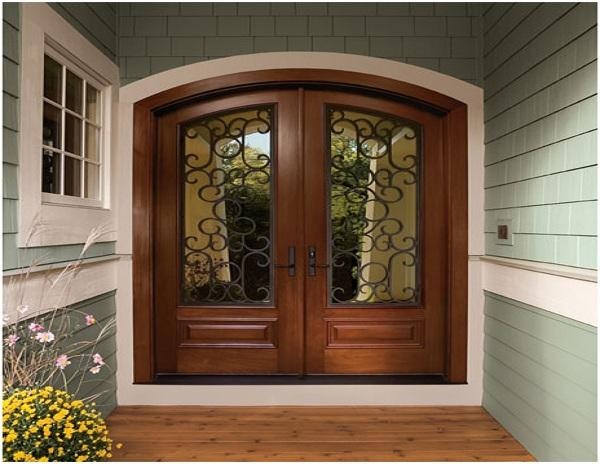When deciding upon the material of your new door there are a number of significant factors to consider including; the strength, the wear, the maintenance, the aesthetic, the insulation and weather resistance and the overall cost. Spitfire doors North Wales are a clear choice for a door that ticks all the boxes, but let’s explore all the other options available on the market.
The main materials to consider are; aluminium, wood (both engineered and solid), and composite. The material of your front door can often be indicative of quality, though it should be noted that the engineering of the door will be the biggest difference between the materials. For example, there is such a thing as low-quality and high-quality aluminium doors.
So, let’s break down the significant factors to consider:
Strength
Aluminium – very strong, the best option on the market in terms of strength.
Wood – strong, but has some room for improvements.
Composite – quality composite doors are reasonably strong, but not as strong as their aluminium or wood counterparts.
Wear
Aluminium – there is no risk of warping or changing shape; they are not prone to wear.
Wood – can warp and contract when exposed to the elements which compromises the shape of the door and can seriously affect the opening and closing functionality.
Composite – often installed with a UPVC outer frame, meaning that there is a risk of warping, contracting and expanding.
Maintenance
Aluminium – very low maintenance, other than minimal cleaning every now and again. High quality aluminium doors will be finished to make sure that they are rust-proof; they don’t need to be retreated.
Wood – might need to be treated for rot, mites or sometimes even discolouration to the overall finish of the door.
Composite – reasonably low maintenance, they will just need to be cleaned every now and again, and the hinges should be lubricated every so often.
Aesthetic
Aluminium – available in a wide range of colours and styles. With a sleek and contemporary finish, or there is also the option to have a traditional look which is achieved through realistic woodgrain effects.
Wood – they tend to look very traditional and elegant. They are also available in a wide range of designs.
Composite – available in a woodgrain effect and they often come in a range of colours. But as they tend to be “off-the-shelf”, the colour and design options can be limited.
Insulation (weather resistance)
Aluminium – quality aluminium doors are highly thermally efficient.
Wood – a reasonably good insulator, but they can be draughty if the doors warp.
Composite – higher quality composite doors have reasonable thermal efficiency, but the lower quality doors tend towards being less thermally efficient than their counterparts.
Overall Cost
Aluminium – there is a higher cost associated with aluminium, compared to UPVC or composite doors; they are however, more durable and require significantly less long term maintenance than other options which saves money in the future.
Wood – varies based on the quality of the wood used, but can be comparable to the cost of aluminium.
Composite – this option is cheaper than aluminium, as it doesn’t have the same quality specifications.
Aluminium doors are extremely safe, aesthetically pleasing and they have incredible thermal efficiency. So what are you waiting for? The obvious choice for a new door North Wales has got to be aluminium!

